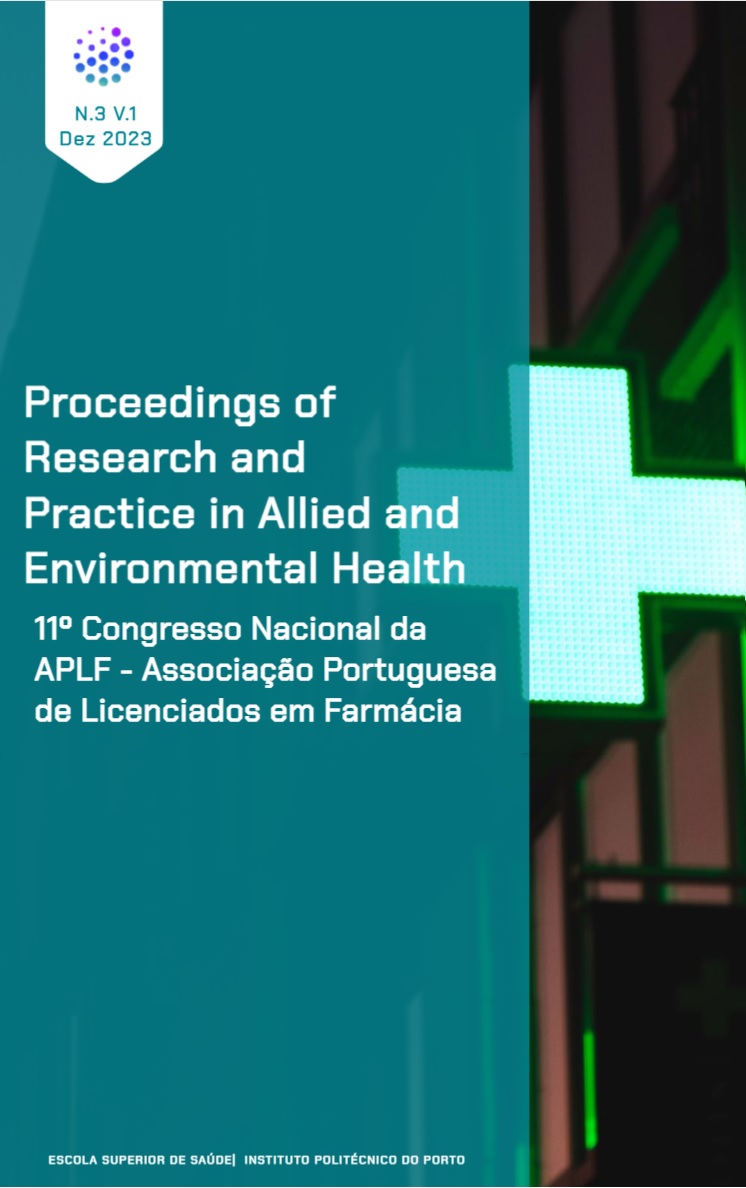Abstract
Background: Ischemic Stroke (IS) is caused by a focal disruption in cerebral blood flow due to the occlusion of a blood vessel, most commonly the middle cerebral artery (MCA) [1]. The ischemic cascade results in neuronal death and inflammatory response, including in situ microglia activation. Inflammation is a double‐edged sword; it can cause tissue injury but can also help in the tissue repair of the brain [2]. The only approved pharmacological treatment for IS has strong limitations of use depending on the time post stroke onset. Despite the efforts to develop neuroprotective agents, none have proven efficacious for the human population. Aim: The aim is to clarify the cerebral cellular behaviour during the different phases of ischemia-reperfusion as it might contribute to increase pharmacological targets towards neuroprotection. Methods: The middle cerebral artery occlusion (MCAO) in vivo model [3] was developed (n=8). Rats were randomly divided in two groups: 1) Animals exposed to 1h of ischemia (I1h) and 2) Animals exposed to 1h of ischemia followed by 1h of reperfusion (I/R1h). Brains were collected and the expression of synaptic markers (PSD-95, Syn), inflammatory mediators (TNF-α, IL-1β, IL-10), markers of microglia (Iba1, iNOS, Arg) and astrocytes (GFAP, S100B) were determined by qRealTime-PCR and Western Blot. Results: We found decreased PSD-95 and Syn expression in the ipsilateral hemisphere of both groups (~0.5 fold-I 1h; ~0.5 fold-I/R 1h), compared to contralateral hemisphere. Levels of IL-10 were decreased in the ipsilateral hemisphere of both groups (~0.2 fold-I 1h; ~0.4 fold-I/R 1h), compared to contralateral hemisphere. TNF-α was higher in the I/R 1h group compared to I 1h group. Iba1 and GFAP expression were reduced in the ipsilateral hemisphere of I/R 1h group (~0.4 fold and 0.8 fold, respectively). Conclusions: Our results strengthen MCAO rodent model as a potential model to study neuroinflammation as pharmacological target. Further research is needed to clarify time-depending changes.
References
Ng YS, Stein J, Ning M, Black-Schaffer RM. (2007). Comparison of clinical characteristics and functional outcomes of ischemic stroke in different vascular territories. Stroke (2007), 38(8):2309-14. https://doi.org/10.1161/STROKEAHA.106.475483
Jayaraj RL, Azimullah S, Beiram R. et al. Neuroinflammation: friend and foe for ischemic stroke. J Neuroinflammation (2019),16:142. https://doi.org/10.1186/s12974-019-1516-2
Ratilal BO, Arroja MM, Rocha JP, Fernandes AM, Barateiro AP, Brites DM, Pinto RM, Sepodes BM, Mota-Filipe HD. Neuroprotective effects of erythropoietin pretreatment in a rodent model of transient middle cerebral artery occlusion. J Neurosurg (2014), 121(1):55-62. https://doi.org/10.3171/2014.2.JNS132197

This work is licensed under a Creative Commons Attribution-NonCommercial-NoDerivatives 4.0 International License.
Copyright (c) 2023 Priscila Mendes, João Solas, Sofia Santos, Adelaide Fernandes, Bernardo Ratilal, Vanessa Mateus, João Rocha


